If you’re thinking about getting a new mountain bike this spring, you’re in luck. Supply has finally caught up to demand, so there’s no longer a mountain bike shortage. And there’s loads of cool tech launching in 2023 mountain bikes. Across the board, there are great MTB options for every type of rider.
What to Look for When Shopping for Mountain Bikes
Before you pull out your credit card, here’s what you should be thinking about when shopping for a new bike.
27.5-inch vs. 29-inch Wheels
There are two common wheel sizes on modern mountain bikes: 27.5 inches and 29 inches (these numbers refer to the circumference of the wheels). While 29ers continue to dominate most brands’ mountain bike offerings, don’t dismiss the smaller and more nimble 27.5-inch wheel. 27.5 bikes are playful, fun, and easy to get off the ground and flick around. If you’re hitting jumps or riding the park, a 27.5 bike is guaranteed to put a smile on your face. Plus, 27.5-inch wheels spin up to speed faster than larger wheels.
On the other hand, bikes with 29-inch wheels roll over obstacles more easily, and they’re speedy once you get going. Most 29ers feel more planted, and that’s a good thing: Not every rider wants their bike in the air all the time. If you can, try both wheel sizes to see which you prefer.
Choosing Your MTB Build
Every bike comes in a multitude of builds. A “build” refers to the bike’s drivetrain/transmission, brakes, and suspension components. Many bikes also come with different frame options, like carbon or aluminum, or carbon and an even nicer, lighter carbon version. Our advice: Buy the nicest build that fits your budget.
As bikes go up in price, the suspension typically gets plusher, more responsive, and more tunable, which means you can adjust how the bike responds to small and large bumps and jumps, instead of just turning the suspension on or off. You’ll also get lighter, better performing components, and sometimes a lighter frame, too. Check the manufacturer's specs to find your sweet spot. And keep in mind that like an expensive car, an expensive bike needs regular maintenance—factor an annual shock and fork service into your MTB budget when buying.
Related: First Ride: Moto Guzzi 2023 V100 Mandello S Roadster
XC, All Mountain, and Enduro Mountain Bikes
There are different varieties of mountain bikes, and you want to get one that best matches the terrain you ride (and your riding aspirations). Both how much suspension travel the bike has and the frame design make a bike better suited for smoother or rougher trails. An XC or cross-country bike will have a steeper fork angle than a slack enduro bike. All-mountain bikes, which have absorbed the trail bike category, fall in between.
For bike park riding and traversing steep, gnarly singletrack, an enduro bike is the right tool for the job. It likely won’t climb as efficiently as an XC or all-mountain bike because of its slack geometry and its longer suspension, which typically weighs and bobs more. But that geometry and increased suspension travel make it more comfortable, more stable, and safer when riding down steep, challenging terrain.
On the flip side, an XC bike will pedal efficiently uphill on smooth and steep inclines, and it performs best on flowy downhills—not rooty, rocky singletrack. An XC bike is usually light because it has minimal or no rear suspension. For most riders, all-mountain bikes are the sweet spot, as they combine attributes from both enduro and XC models. Decide where you’re willing to compromise and where you’re not, and then make your choice.
To create this guide, we surveyed the lineups of major bike brands like Yeti, Trek, and more to find the newest high-performance MTBs on the market. These are the best mountain bikes to ride this year.
Related: The Best Road Bikes of 2023
The Best Mountain Bikes of 2023
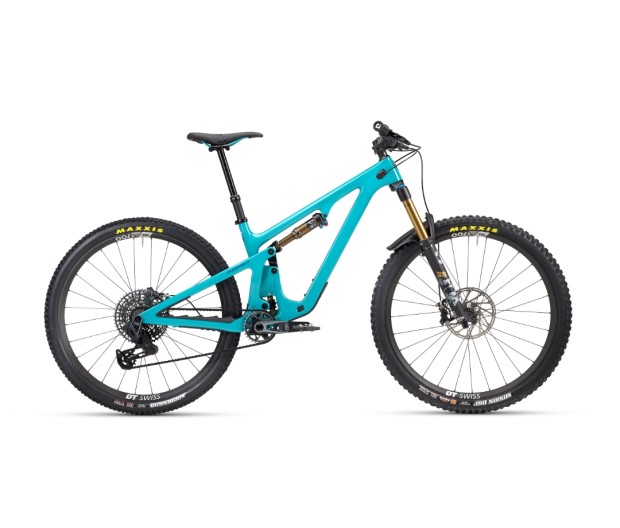
Courtesy Image
If you’re looking for a chameleon—a bike that can skip through the park, zip through the flow, and won’t be derailed when the trail becomes a war zone of roots and rocks—Yeti’s SB140 is it. The bike’s numbers straddle the all-mountain and enduro categories, with 140mm of travel at the rear, 150mm up front, and room for a 175mm dropper post in size medium. A Lunch Ride edition provides 10mm more suspension travel up front and changes the bike's angles to be slightly more downhill-aggressive.
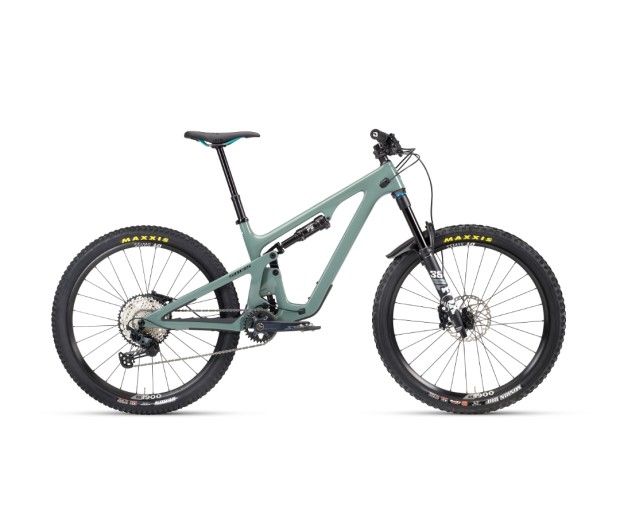
Courtesy Image
Rip or race? If your answer to that question is “rip,” you’ll wonder where this bike has been all your life. Introducing Yeti’s 27.5-inch-wheel, carbon-frame SB135, a bike that will help you fulfill your freeride freestyle dreams.
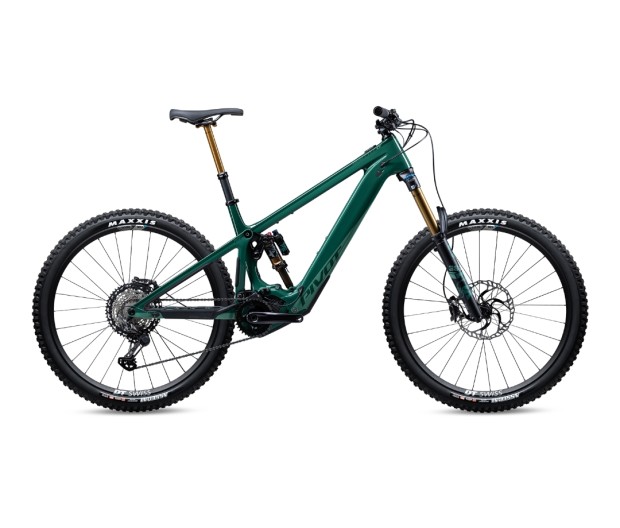
Courtesy Image
If you’ve held off on getting a full-power e-MTB because you’re worried about range, you can put that concern aside. Pivot’s new 170mm front suspension, 160mm rear suspension carbon-frame Shuttle LT has the chops to blast down any enduro MTB trail and plenty of assist to help you climb back up. Whether you’re busting out laps on your home trails, it’s your first day at altitude, you’re tight on time, or your legs don’t match your desires, you’ll be glad to have the battery-powered boost.
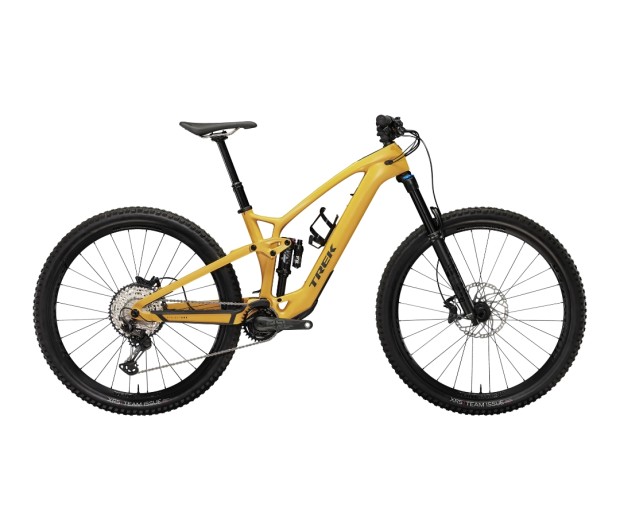
Courtesy Image
If there’s a bike that predicts the future, this is it. Throw a leg over the “mid-level assist” Fuel EXe and experience its seamless power delivery—you might be unsure if the bike is doing the work or if your legs are just feeling awesome. The bike’s TQ motor delivers 50 Nm of torque and peak power of 300 watts. But unlike other e-bikes, it’s just as fun to ride with the power turned off.
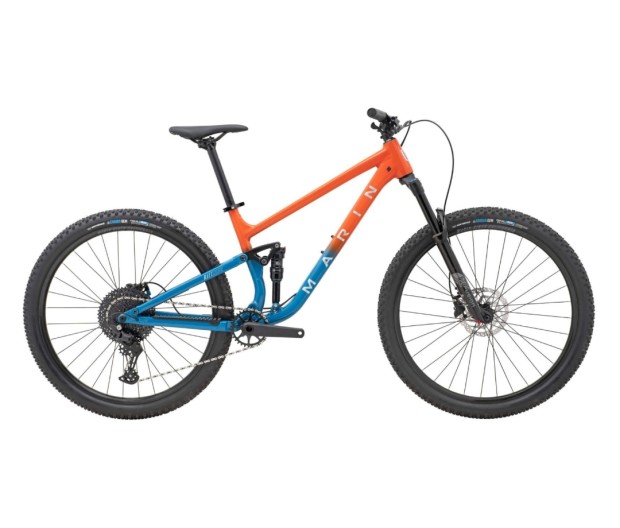
Courtesy Image
Marin’s Rift Zone trail bike will help you have a blast on the trail without breaking your budget; it’s also a great pick if you’re dabbling in MTB and wondering if it’s the sport for you. The Rift Zone will be your gateway drug: It has the geometry and specs to help you enjoy whatever your local trail networks have to offer.
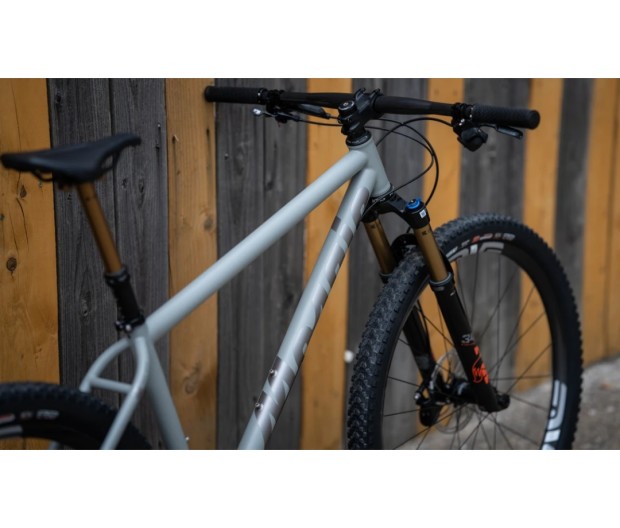
Courtesy Image
It used to be that hardtails were fun-hater bikes for serious, spandex-clad guys who only cared about going uphill fast on mellow terrain. This bike proves that stereotype wrong. It’s a rowdy machine that picks a line almost intuitively and makes chill trails fun; it’s also blisteringly fast.
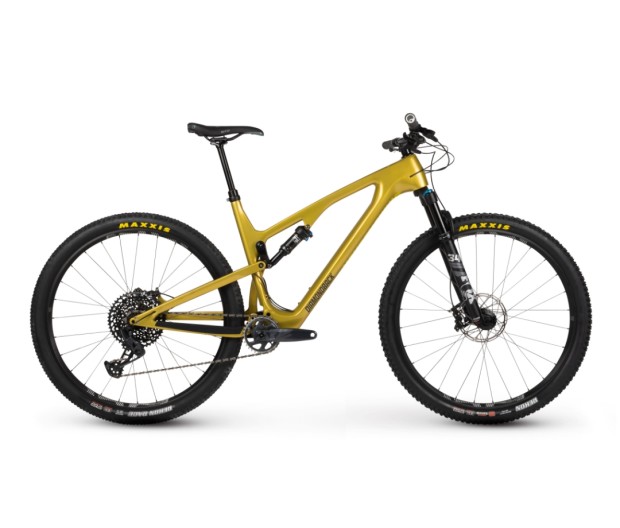
Courtesy Image
Diamondback’s Yowie is a cross between a trail bike and a cross-country bike, and it can handle long, epic trail adventures or riding blue and green singletrack all day long. The 29-inch-wheel Yowie comes with a 130mm front fork and 110mm of rear travel—enough to have fun and keep the rubber side down while you’re at it. The 67-degree head tube angle gives the bike both stability on steep descents and quick handling on technical climbs, while the 75-degree seat angle and short chainstays keep it nimble while climbing and help it achieve plenty of traction.
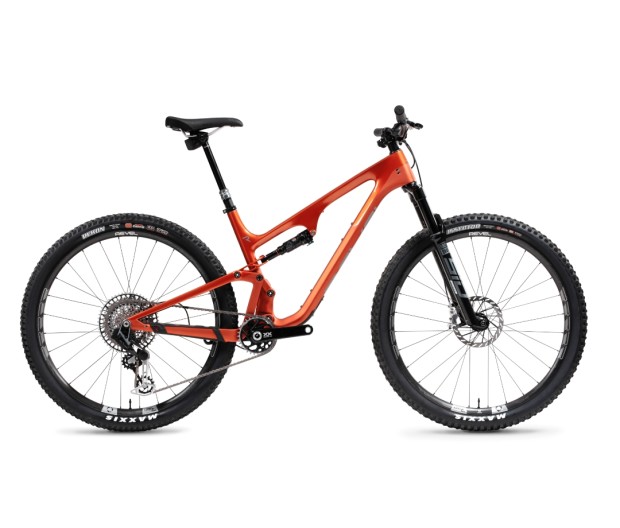
Courtesy Image
One of the first bikes to launch with SRAM’s new cable-free transmission, Revel’s 29er Ranger has 115mm of rear suspension travel and 120mm of travel in the fork. As is the trend, the bike rides bigger and more playfully—in other words, more like an all-mountain bike—than its numbers indicate. With slack geometry, a stable pedaling platform that won’t bob on climbs, and a suspension system that’s active down to its last millimeter, this is a bike for the rider who wants something light and capable.
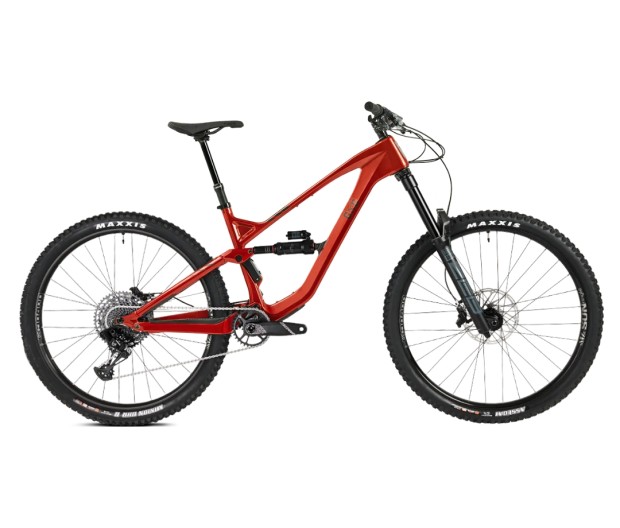
Made for ripping down steep, chunky trails with confidence and finesse, Guerrilla Gravity’s Gnarvana is a direct-to-consumer bike made in the U.S. with the flexibility to change the fit and the ride, if you so desire. And because it’s a direct-to-consumer option, you get more bike for the money, though you won’t have a local shop to help you fine-tune the bike or sort out any new bike issues.
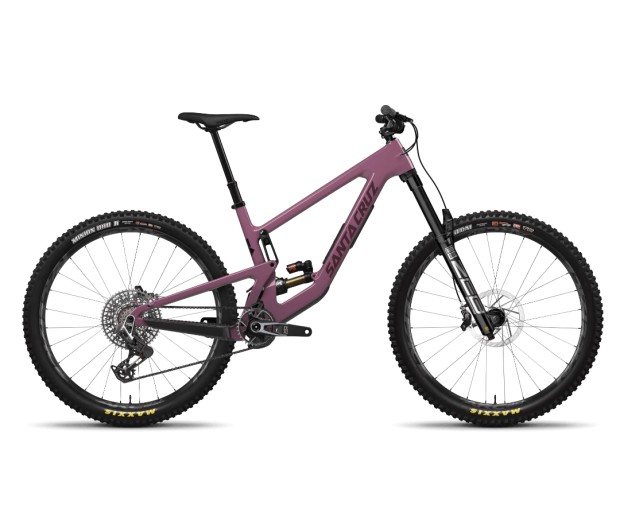
If you’re looking for a bike made for park laps, the Megatower is your ride (and it also has the geometry for adventures where you need to pedal uphill). With 29-inch wheels, up to 170mm of rear travel, 170mm of front travel, and a super-strong, lifetime-warrantied carbon chassis, the Megatower's strong suit is big gravity rides.
from Men's Journal https://ift.tt/xNFJTmD


0 comments